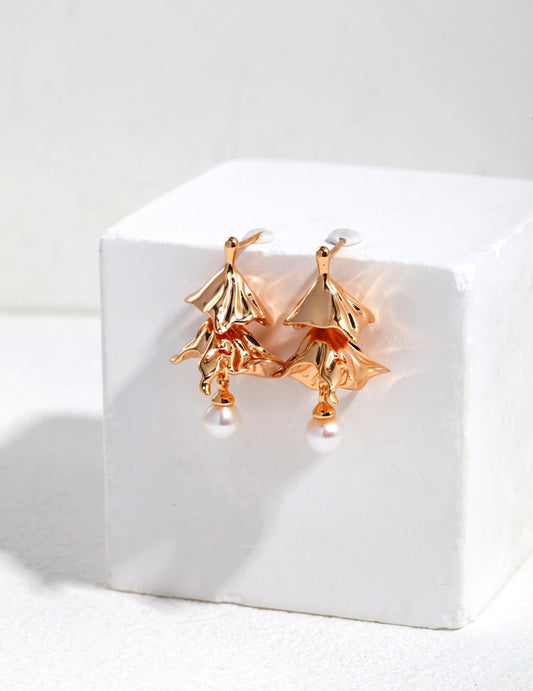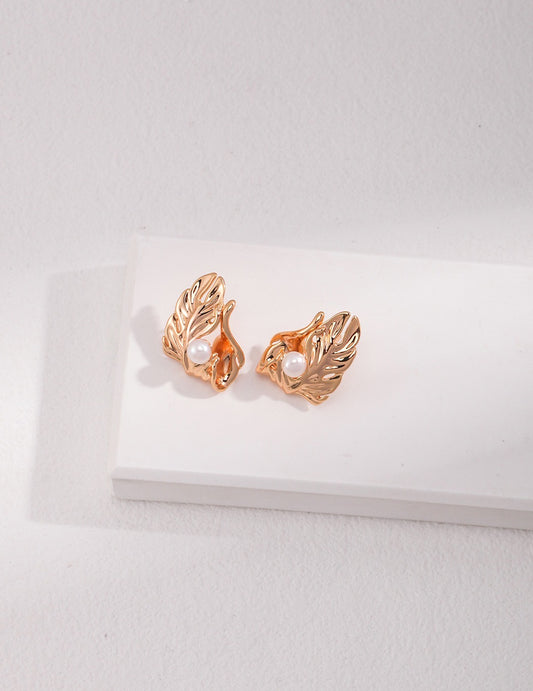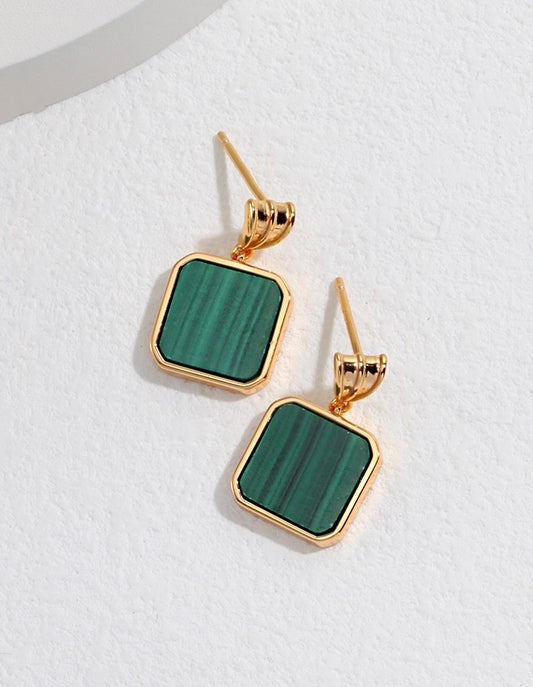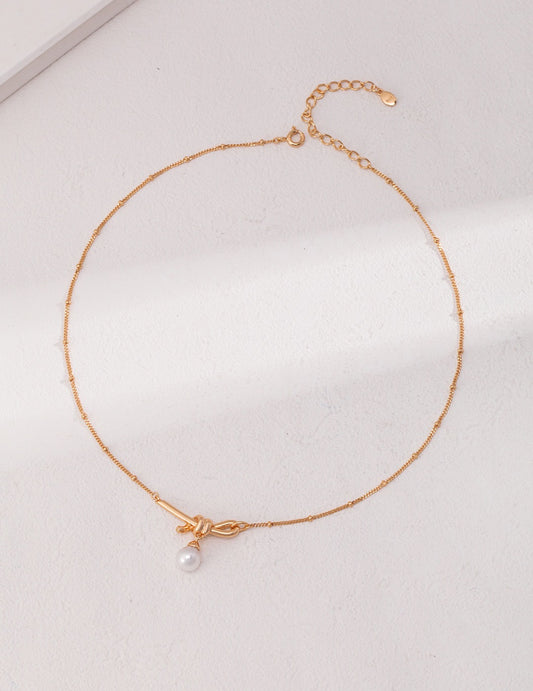What is Mother-Of-Pearl?
Mother of pearl is a material admired for its beauty and remarkable strength. Scientists continue to be amazed by its unique blend of lightness, solidity, and durability, attributes attributed to its intricate interlocking structure.
While contemporary engineers and architects can glean valuable insights from this modest marvel of nature, many of us are drawn to mother of pearl for its visual appeal. The captivating iridescence of this natural phenomenon has sparked creativity in poetry and beyond. Its creamy, translucent rainbow tones adorn everything from hallways to jewelry.

Specials of mother-of-pearl: Unique iridescence
Mother-of-pearl, also known as nacre, is a smooth, iridescent substance that forms the inner lining of certain mollusk shells. It is composed primarily of calcium carbonate, which is the same material found in pearls and the outer shells of mollusks. Mother-of-pearl is created by the mollusk as a protective layer around its soft inner tissues.

Mother-of-pearls earrings (gold and silver)
The unique iridescence of mother-of-pearl comes from the way light interacts with its layers of platelets, which are arranged in a regular pattern. This structure causes light to refract and reflect off the layers, creating the characteristic shimmering effect and displaying various colors depending on the angle of observation. That's why you will see a range of colors, just like a rainbow.
Mother-of-pearl has been highly prized for centuries for its beauty and has been used in jewelry, decorative objects, and inlays. It is often cut into shapes and polished to enhance its natural luster, making it a popular material for creating elegant and eye-catching pieces. Additionally, mother-of-pearl is valued for its durability and resistance to scratches, making it suitable for a variety of applications, such as mother-of-pearl earrings and bracelet.

How can you define high-quality mother of pearl?
High-quality mother of pearl is characterized by vibrant and iridescent colors, smooth and lustrous surfaces, and uniform thickness. It should exhibit clear patterns or figures, such as flame or peacock designs, and have a silky texture free from pits or blemishes. Ethical and sustainable sourcing practices are also important considerations when evaluating the quality of mother of pearl.

If you see a piece of mother of pearl with a brown surface or yellow spots, don't consider it since it definitely doesn't worth the price.
History of Mother of Pearl
The history of mother of pearl dates back thousands of years, with evidence of its use found in ancient civilizations around the world. Here are some key points in the history of mother of pearl:
|
Periods
|
Description |
| Ancient Egypt |
Mother of pearl was highly prized by ancient Egyptians and was used to create jewelry, decorative objects, and inlays for furniture and sarcophagi. It was associated with the goddess Hathor and was believed to have protective and healing properties. |
| Classical Antiquity | In ancient Greece and Rome, mother of pearl was used to adorn temples, statues, and luxury items. It was considered a symbol of wealth and status, often used in the decoration of elite households. |
| Byzantine and Medieval Europe | During the Byzantine Empire and medieval Europe, mother of pearl continued to be used in religious art and luxury items. It was frequently incorporated into religious icons, reliquaries, and manuscripts. |
| Renaissance and Baroque Periods | The Renaissance and Baroque periods saw a resurgence of interest in mother of pearl. It was used extensively in furniture making, particularly for luxurious cabinets, chests, and musical instruments. The intricate inlays and delicate sheen of mother of pearl were highly valued during this period. |
| 19th Century | Mother of pearl remained popular throughout the 19th century, with advances in technology allowing for more intricate and widespread use. It was often incorporated into Victorian jewelry and decorative arts, reflecting the era's fascination with natural materials and exotic aesthetics. |
| Modern Era | Mother of pearl continues to be used in contemporary jewelry, accessories, and interior design. Sustainable sourcing practices have been implemented to ensure the protection of marine ecosystems while still utilizing this beautiful and durable material. |
Throughout history, mother of pearl has been prized for its iridescent beauty, durability, and cultural significance. Its use in art, jewelry, and design reflects the enduring appeal of this natural material, which continues to captivate and inspire people around the world.
What is Special about Mother of Pearl?
- Feminine Energy and Nurturing
Due to its association with the ocean and the nurturing aspect of mollusks, mother of pearl is often connected with feminine energy and motherhood. It symbolizes nurturing, compassion, and the creative forces of the divine feminine.
- Protection and Healing
- Connection to the Moon and Water
How Rare is Mother of Pearl?
Mother of pearl (also known as nacre) is not inherently rare as it is produced by various mollusks, including pearl oysters, abalone, and freshwater mussels. These mollusks naturally create mother of pearl as a protective inner lining of their shells, and they can be found in different parts of the world where suitable habitats exist.
However, the availability of high-quality and desirable mother of pearl can vary depending on several factors:
1. Species of Mollusk
3. Quality and Size
The quality and size of mother of pearl pieces can affect their rarity and value. Large, flawless pieces with vibrant colors and iridescence are more valuable and may be considered rarer than smaller or less vibrant specimens.
4. Cultural and Historical Demand
Throughout history, certain cultures and societies have highly valued mother of pearl for its beauty and symbolism, which can influence its perceived rarity and desirability in the market.
In general, mother of pearl is not extremely rare in the sense that it is found in various species of mollusks worldwide. However, the quality and desirability of mother of pearl can vary significantly. Some species, such as certain types of abalone, produce highly prized and visually stunning mother of pearl characterized by iridescent colors and unique patterns. These specific varieties may be considered more rare and valuable.




